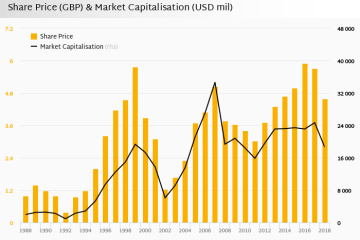Understanding Eventing Scores in Equestrian Sports

Introduction to Eventing Scores
Eventing, an equestrian discipline combining dressage, cross-country, and show jumping, requires immense skill and precision from both horse and rider. The scoring system is pivotal in determining the winners, making it essential for enthusiasts, competitors, and spectators alike to understand how these scores reflect performance.
The Scoring Breakdown
Eventing scores are calculated through a complex system that awards points based on performance across three phases:
- Dressage: This phase evaluates the horse’s obedience, suppleness, and the rider’s ability to execute required movements. Scores in dressage are typically measured on a percentage basis, with the best performances scoring 100%. Each error, such as a mistake in a movement, results in penalty points deducted.
- Cross-Country: This phase tests the horse’s endurance, bravery, and the rider’s skill in navigating a course of natural obstacles. The scoring here is based on the time taken to complete the course, with penalties applied for falls, refusals, or not completing the track. The fastest clear rounds receive the least penalties.
- Show Jumping: The final phase evaluates the horse’s ability to jump over a set course of fences. Similar to cross-country, penalties are incurred for any knockdowns, refusals, and time faults. Here, accuracy and speed are paramount.
Recent Events and Trends
With the recent completion of international competitions such as the Badminton Horse Trials and the Burghley Horse Trials, eventing scores have gained increased attention. In these high-profile events, top riders from around the world compete and aim to achieve the best possible scores. Evaluating recent scores from these events can provide insights into emerging trends in rider performance and horse training methodologies.
Conclusion and Future of Eventing Scores
Understanding eventing scores not only enhances viewing experiences but also aids competitors in targeting specific areas for improvement. As technology advances and scoring systems become more sophisticated, there may be further refinements in how these scores are calculated. This could potentially lead to even greater transparency and engagement for spectators and participants alike. As the sport evolves, keeping abreast of scoring changes will be vital for everyone involved.









